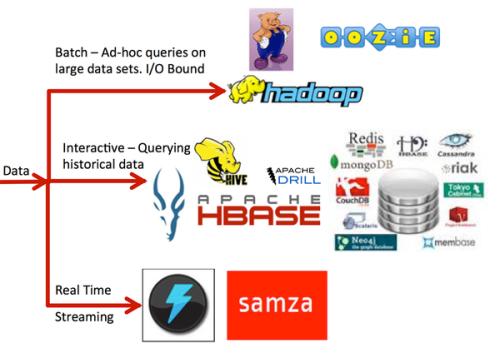An interface control principle is proposed for unsteady fluid-structure in- teraction (FSI) analyses. This principle introduces a method of explicitly controlling the interface motion in the temporal direction to minimize the residual force on the interface, which is defined as the discrepancy between the fluid and structural forces. The interface model is constructed using a data-driven approach that involves sparse identification of nonlinear dy- namics with control to evaluate the residual force. The interface model is subsequently subjected to control theory in order to minimize the residual force. Following the convergence of the residual force, the interface state is controlled to be that of the original unsteady FSI system. The fluid and structural simulations can be conducted independently without communication, as the interface state information is predetermined as inputs for each system. The proposed method is applied to the vortex-induced vibration (VIV) of a cylinder at a Reynolds number of 150 under several reduced velocity conditions corresponding to the lock-in regime with limit-cycle oscillations. The results demonstrate that the residual force is sufficiently minimized in time, and when the residual force is close to zero, the predicted fluid force and structural displacement of the VIV show good agreement with the reference FSI simulation.
翻译:暂无翻译




